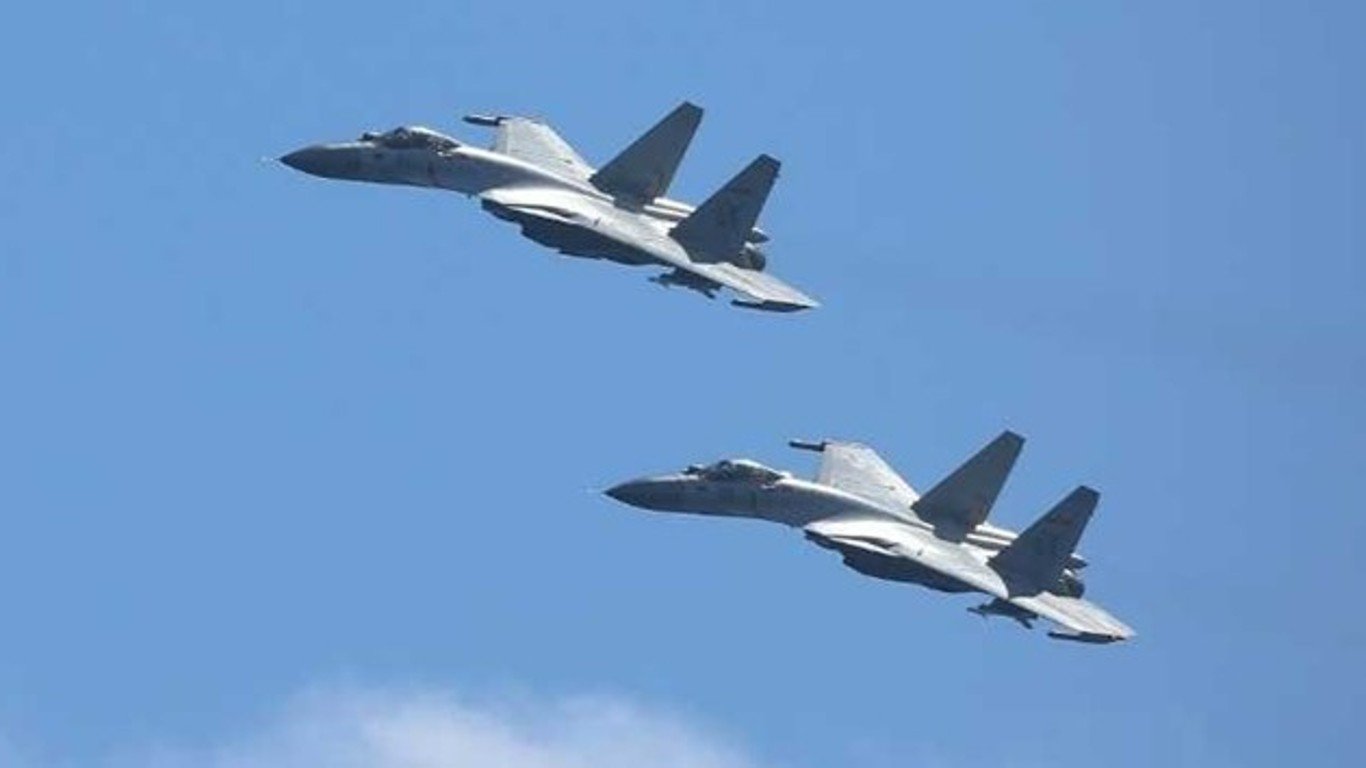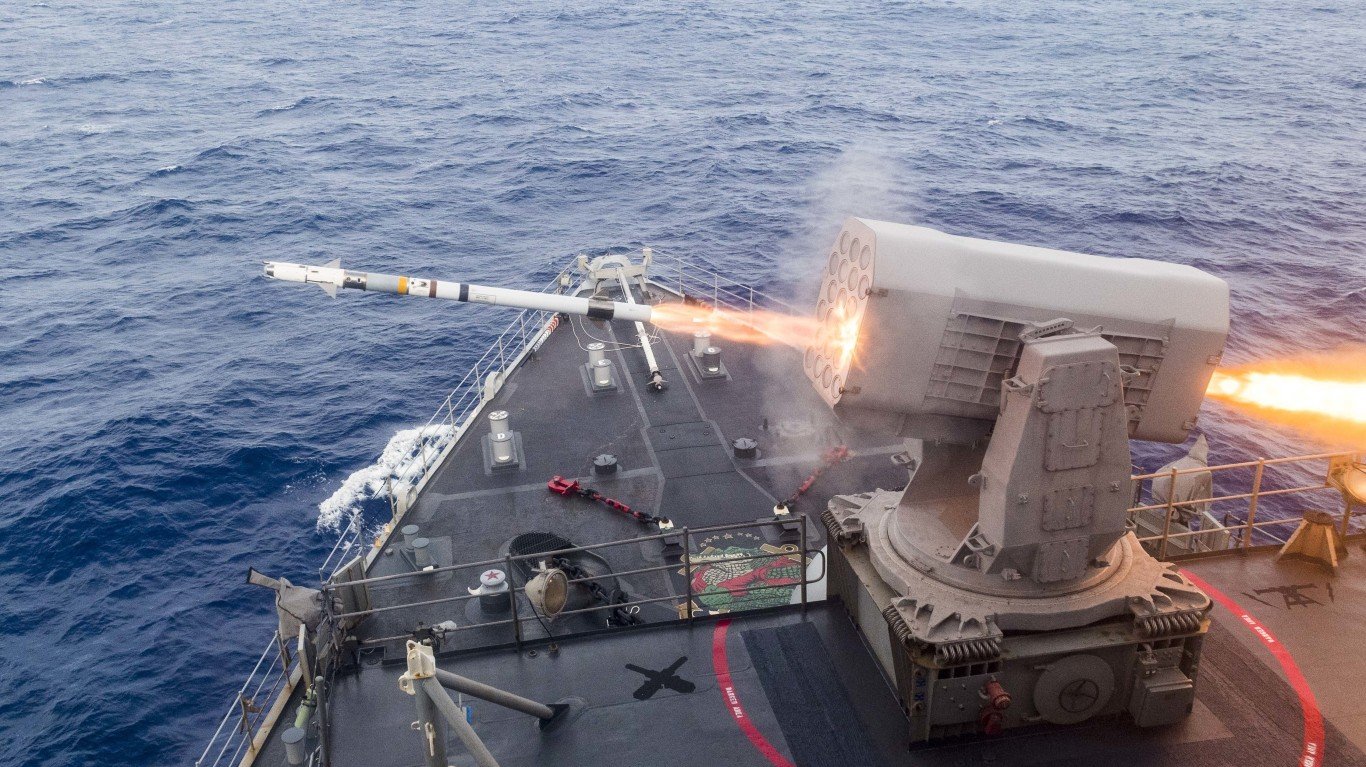

Expensive weapons programs can drive controversy. Politicians and defense contractors often square off over costs. The military asks for weapons that some experts believe have dubious value. Among the best examples debated recently have been driven by the costs of the Gerald R. Ford Carrier. They have been designed and will be built to be the flagships of the U.S. Navy for decades. Taken together what could end up as 12 of the ships may cost $132 billion. That is about $400 for each of America’s 330 million residents.
The $400 sum is particularly pertinent as Congress and The White House debate over an amount that could be sent to unemployed Americans as current benefit programs end. One proposal, from The White House, would send $600 to individuals and $1,200 to couples. The plan would mean the federal government may add yet another COVID-19 recovery program which will be part of a sum requiring the Treasury to raises hundreds of billions of dollars, if not more, ballooning the national debt.
There is a growing body of people who believe the Gerald R. Ford Carrier program is a waste of money, which could be either shaved from the federal budget or better spent elsewhere. The “Aug. 14, 2020 Congressional Research Service report, Navy Ford (CVN-78) Class Aircraft Carrier Program: Background and Issues for Congress,” calls for a minimum 12 carrier fleet for the U.S. Navy. It shows that the carriers Gerald R. Ford, John F. Kennedy, Enterprise, and Doris Miller are built or in the building process. The Navy’s FY2021 budget requests $12.5 billion for the Doris Miller, which would go into service in February 2032.
The primary concern about large carriers is that they are at risk of attack by the latest weapons technology. Even with the fleet of ships around them which have, among other things, the role of protecting the carriers, should one sink, it could cost 5,000 lives, and put part of the U.S. Navy in a vulnerable position in one part of the world. Better, some experts argue, to have smaller, fast-moving ships with sophisticated, next-generation weapons systems of their own.
The pandemic brings the question of how federal money should be spent into sharp relief. Military spending, its opponents say, draws money from the budget that could be used for domestic programs, particularly to support Americans in financial need, and those retiring. The money also might be used for the rebuilding of America’s infrastructure system, a task that would cost well into the trillions of dollars.
As the federal debt grows, so will the symbolic argument of whether the money goes to aircraft carriers, to individual Americans who need financial support.
Sponsored: Attention Savvy Investors: Speak to 3 Financial Experts – FREE
Ever wanted an extra set of eyes on an investment you’re considering? Now you can speak with up to 3 financial experts in your area for FREE. By simply
clicking here you can begin to match with financial professionals who can help guide you through the financial decisions you’re making. And the best part? The first conversation with them is free.
Click here to match with up to 3 financial pros who would be excited to help you make financial decisions.
Thank you for reading! Have some feedback for us?
Contact the 24/7 Wall St. editorial team.
 24/7 Wall St.
24/7 Wall St.

